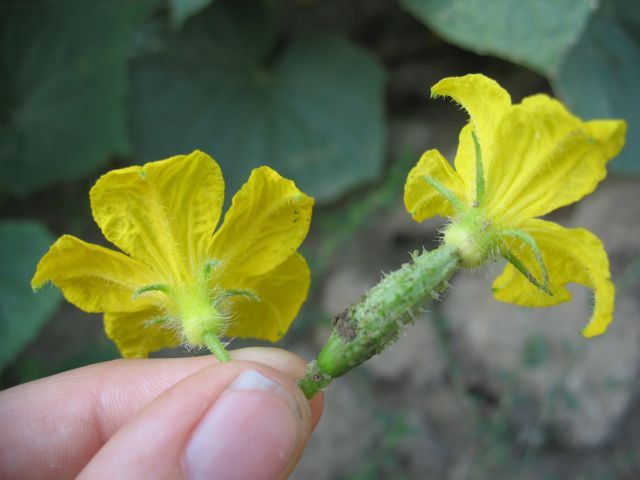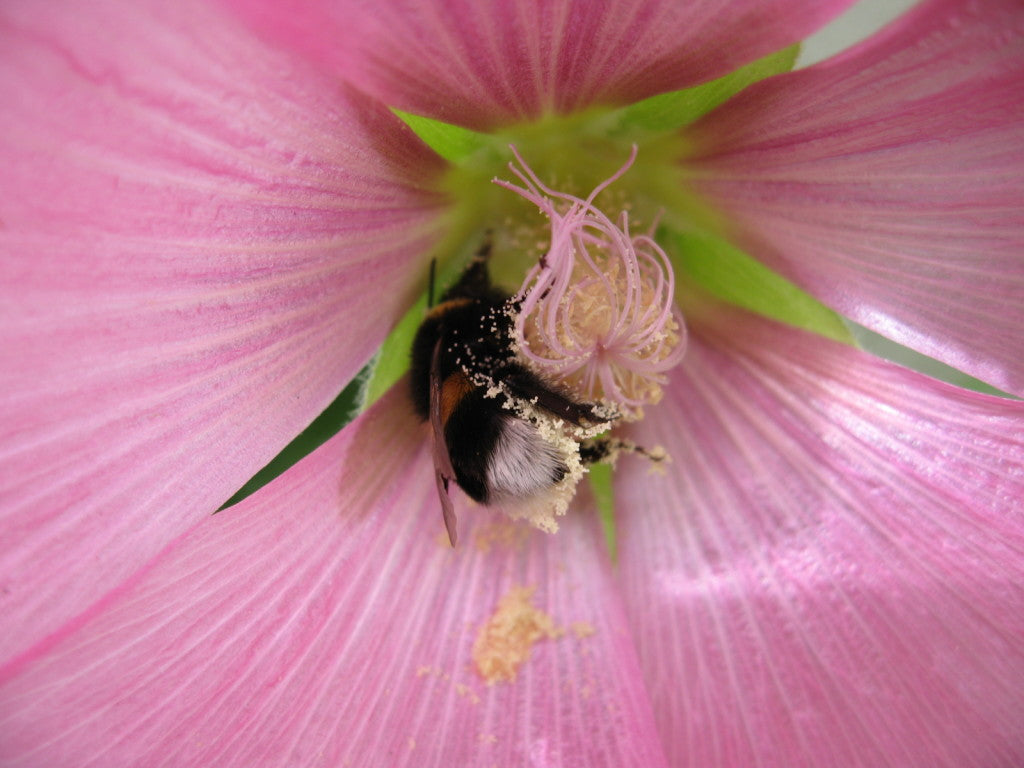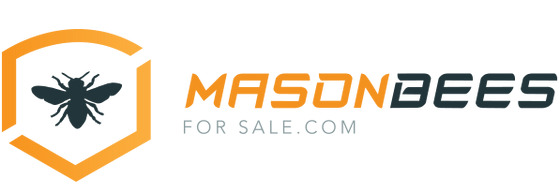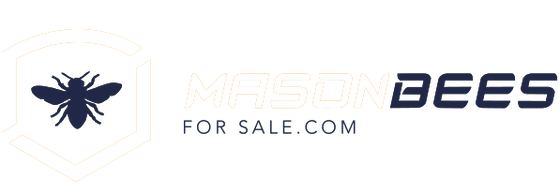Secrets to Green House Pollination
Hey there greenhouse growers this post is for you! Whether you are an experienced grower or just starting out you will learn all you need to know to ensure plant pollination in your greenhouse.
Although greenhouses provide a controlled and protected environment for plants they lead to a few pollination challenges. Namely, they are “protected” from natural pollination and the humidity inside the greenhouse may make pollen grains cling together and be harder to transfer.
Lets talk about how to overcome these challenges so you will have the best flowers, fruits and veggies on the block. Traditionally greenhouse pollination is done by hand, a device, or by bringing in bees (usually bumble bees but we are here to change your mind on that one). Below are the pros, cons and how to’s of each option.

Hand/ Manual Pollination:
To manually pollinate requires a lot of time, and who has extra time to spare? Just skip to the next section ;).
Ok, for all those out there who want to put their man power into pollinating your greenhouse we commend your dedication. To be fair though we warned you! Manual pollination is simply moving pollen from the male portion of the flower to the female portion in self pollinating plants (like tomatoes); In Cross pollinating plants it is moving the pollen from the male flowers to the female flowers (like squash and cucumbers).
Below is a picture of a male blossom and a female blossom from a cucumber plant. The male blossom has a straight stem directly under the flower whereas the female blossom has an ovary that looks like a mini cucumber under the flower.

How to hand pollinate blossoms:
1-Pollinate between the hours of 10 a.m. and 3 p.m. It’s the heat of the day but according to IFAS Extension it is the optimal time. Time of day, temperature and humidity are important factors to consider before pollinating. If the blossoms are closed or the humidity is high the pollen will not release properly. Running a fan over the blossoms will help if humidity is a problem.
2- Determine whether the crop you are pollinating is self pollinating or whether it needs cross pollination. There are a list of self pollinating plants here.
3- Self-pollinating plants: Contain the male and female parts inside every blossom. The pollen needs to fall from the anther to the stigma in order to pollinate these blossoms. To facilitate pollination simply tap or vibrate the blossoms.
4- Cross- pollinating plants:
a) Locate the male flowers and using a paintbrush or cotton swab simply brush the anthers until you see pollen granules on the end. Pollen varies in color depending on plant species. The most common colors are yellow, white, and orange.
b) Once the pollen is on the end of your tool find a female flower and brush the center of the blossom with the pollen.
c) Alternatively you can pick the male flower, remove it’s petals so the anther is exposed and then rub the anther directly on the center of the female flower.
That is all it takes to hand pollinate. It sounds easy, right? That’s because it is a simple and easy process, but it is also TEDIOUS. Think of all the flowers on one plant, then all the plants you want to have in your green house. That is a lot of blossoms! Not to mention each blossom will need to be pollinated multiple times to ensure adequate pollination. According to the University of Kentucky Extension, tomatoes need to be pollinated every day for a good fruit set. This option is a cost effective solution for small greenhouses, but we don’t recommend it.

Device Pollination:

There are a lot of devices on the market for pollination and some people even use vibrating toothbrushes. Toothbrushes are more damaging to flowers than other tools designed specifically for pollination (according to Florida IFAS Extension). These devices spread dislodged pollen to other areas of the plant quicker than manual pollination but still take a long time to ensure pollination to every blossom in the greenhouse.
How to use a device for pollination:
1-Just like with manual pollination the optimal time for pollinating is between 10 a.m. and 3 p.m..
2-Determine if the plant is self pollinating or requires cross-pollination.
3- Self-pollinating:
Pollination devices can be purchased from greenhouse supply companies. When using a pollination device be sure to follow the directions for that device. Most hand-held devices have a wand with a vibrating head you can touch to the base of the blossoms. If using an electric tooth brush remove the brush part and hold the adapter end at the base of the blossom. The vibrations from the device will allow pollen to dislodge and fall into the stigma of the blossoms.
4- Cross-pollinating: Use device directions. Some devices come equipped with a way to catch dislodged pollen from the male flower that can then be transferred to the female flower. Be careful not to dump the “pollen gold” out before it reaches the female blossom.
Device pollination is less effective than using bees. Bees are more thorough and on the blossoms everyday and through out the day. Whereas device pollination may be more sporadic. Blossoms need to be pollinated frequently to ensure a proper fruit set. If the idea of hand and device pollination seems a little bit too time consuming it’s your lucky day! Head down to the next option.
Bumble Bee Pollination in a Green House:
Bees are by far the most effective and time efficient way to pollinate greenhouses. Bees will work diligently to pollinate blossoms everyday.
For a long time now bumblebees were thought of as the only option for greenhouse pollination due to the fact that honeybees will not pollinate inside a green house. Honeybees and mason bees do not pollinate well in greenhouses. The reason being is they are disoriented in confined spaces and become lost, usually bang themselves against the walls, and die. They also seem to be a little claustrophobic… maybe you can relate?
That leaves us with the two best options for greenhouse pollination, bumble bees and leafcutter bees.

Alfalfa Leafcutter Bee Pollination in a Green House:
These are the winner for the best way to pollinate your greenhouse! They are nicknamed the “Garden Bee” because they pollinate garden plants over 100 times more efficiently than honeybees. That’s roughly 50 times more efficient than bumblebees. Leafcutter bees are also the smallest pollination bee and can fit into tiny blossoms that bumblebees can’t. Leafcutters thrive in the heat and have fewer problems flying through humidity than other bees. They work best in a warm environment with temperatures from 80*F to 110*F. (It is best not to let your greenhouse get above 120*F.) They are non-aggressive bees and do not colonize, therefore, they are gentle and there is almost no risk of being stung. If they happen to sting it is a much milder sting than other bees.
Alfalfa leafcutter bees are native to The United States. There are not currently any states that require permits for housing leafcutter bees. This is due to the low risk that leafcutters pose to other native bees.
They are shipped while in a dormant stage inside cocoons. This prevents them from feeling the stress and disorientation of shipping. They spend their entire life span from hatching until death pollinating the green house. That means more working time for your money.
The downside to alfalfa leafcutter bees are the holes they cut in leaves for filling their tubes. Raspberry plants are a favorite for the leafcutter bee and will decrease holes in other plants if there is one available in the greenhouse.
To find out more about leafcutter bees check out this post. For detailed instructions for setting leafcutter bees up in the green house click here.

Contact us
At Mason Bees, we are here to answer any questions you may have. Whether you are interested in any of our products for you own personal garden or for your orchard, we have a solution for you. Feel free to reach us directly and we will respond as soon as possible.
Phone number: 8016489035
Email: clinton@masonbeesforsale.com
Address: Mason Bees LLC, 10090 N HIGHWAY 38, DEWEYVILLE UT 84309, United States
Get Mason Bees
Boost your garden's productivity by providing a Mason Bee House for peaceful, non-stinging bees. As bee populations struggle, home gardeners can play an important role in attracting bees and other pollinators
News & Updates
Sign up to get the latest on sales, new releases and more …
© 2025 masonbeesforsale.com. Designed by Out of the Sandbox. Powered by Shopify

